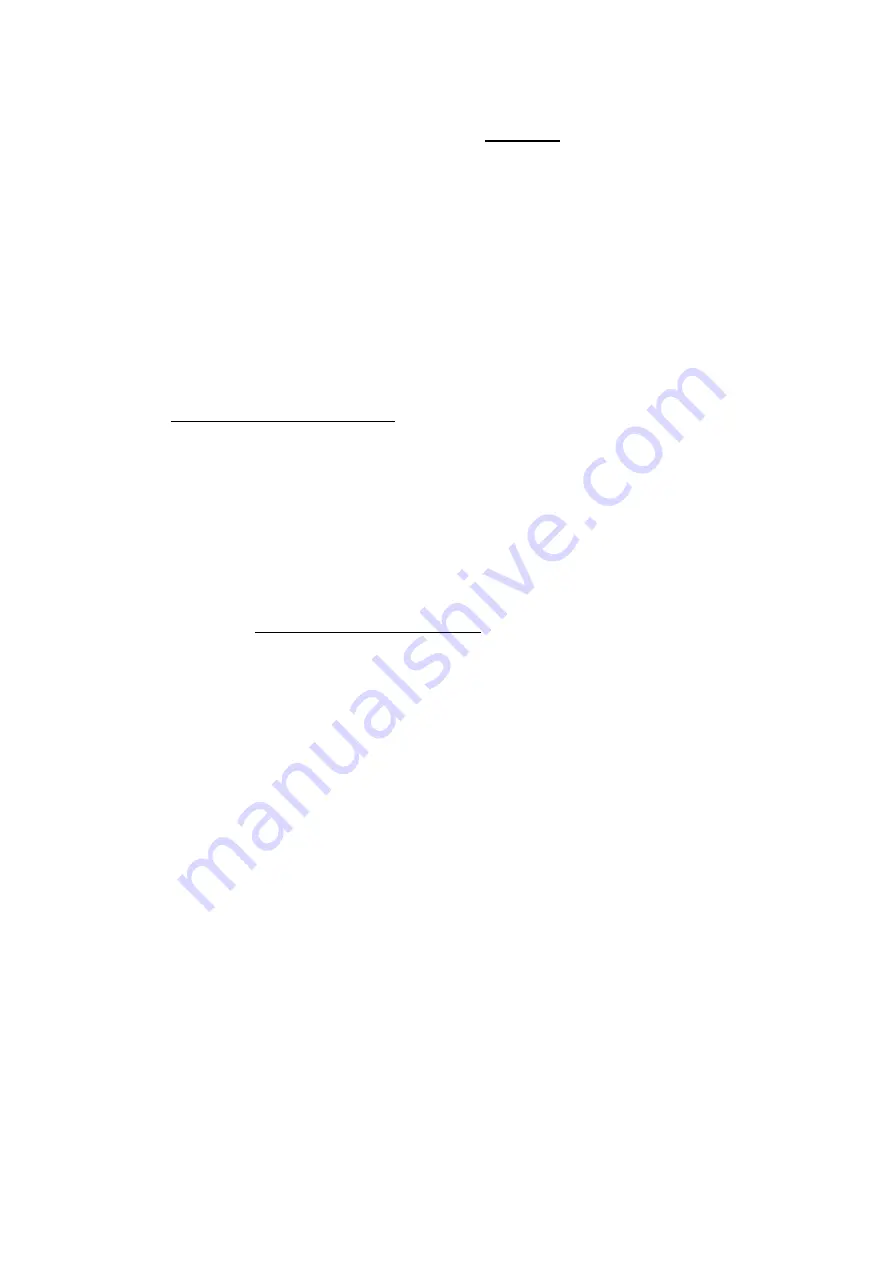
11
4. Measuring phase angle between two current
When measuring the phase angle that I2 lags I1, turn the rotary switch to
parameter I1I2.Under measurement, you can turn the rotary switch clockwise
to different measure ranges in I1 region to measure input current I1, or turn the
rotary switch anticlockwise to different measure ranges in I2 region to measure
input current I2.
5. Measuring phase angle between current and voltage
Input the voltage into U1, input the current into I2 by using measuring
clamp I2, and turn the rotary switch to parameter U1I2 to measure the angle
that the current lags the voltage. Under measurement, you can turn the rotary
switch clockwise to different measure ranges in I2 region to measure current or
turn the rotary switch anticlockwise to different measure ranges in U1 region to
measure voltage.
You can also input the voltage into U2, input the current into I1 by using
measuring clamp I1, and turn the rotary switch to parameter I1U2 to measure
the angle that the voltage lags the current. Under measurement, in the same
way, you can turn the rotary switch to measure I1 or U2.
6. Judge phase sequence of the three-phase three-wire distribution
system
Turn the rotary switch to U1U2. Connect phase A of three-phase
three-wire system into jack U1, connect phase B to jack “±” that match with U1
and “±” that match with U2, and connect phase C to jack U2. If the measured
phase value is approximately 300°, then the measured system is positive
phase sequence; if the measured phase value is approximately 60°, then the
measured system is negative phase sequence.
Another method: Connect phase A into jack U1, connect phase B to jack
“±” that match with U1 and jack U2, and connect phase C to jack “±” that match
with U2. If the measured phase value is 120°, then the measured system is
positive phase sequence; if the measured phase value is 240°, then the
measured system is negative phase sequence.
Содержание SMG2000B
Страница 13: ...13...













